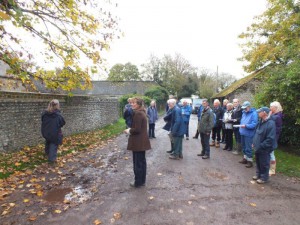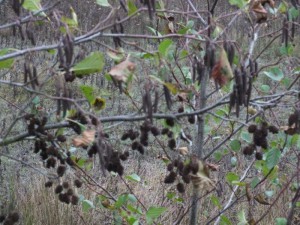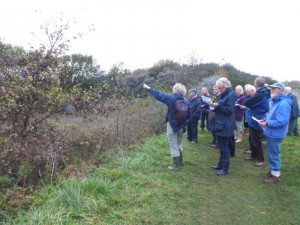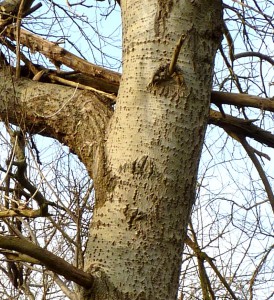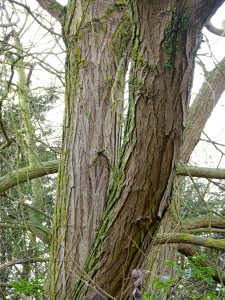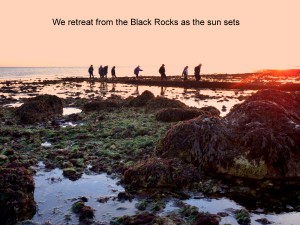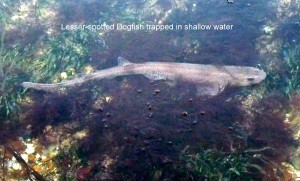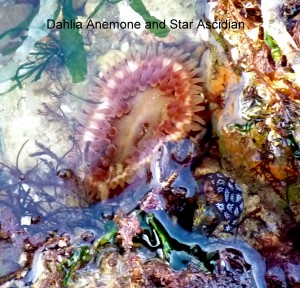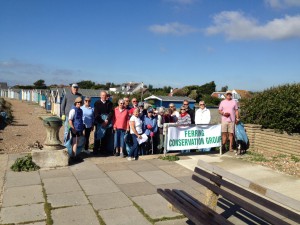Please see below our formal response to the Arun DC consultation on the much loved Tamarisk trees on Pattersons Walk, which has been sent to Martyn Burkinshaw at Arun. If you feel strongly as we do that these trees should be preserved, then please send your own response to him in writing at the Parks Department, Bognor Regis Town Hall, Clarence Road, Bognor Regis PO21 1LD by 1st Jan – please include your name and address for weighting purposes. If you are unable to send a letter as above, then you can e mail via parks@arun.go.uk, but still include your name and address please. The reasons for this consultation are in the recent Parish Flyer.
As the Chairman of Ferring Conservation Group, I am writing a formal response to the consultation on the Pattersons Walk Tamarisk trees in Ferring.
Having been present at our meeting last Friday (Nov 27), you will be very much aware of the strong feelings of our membership that the trees must be maintained in their present form as we feel that they form an integral and important part of the Ferring beach scene which have been there for many years. They act as an effective wind break and a very valuable habitat for wildlife, especially birds who use them for rest, roosting and as a source of food. We accept that there has to be some regular maintenance to stop them growing out of control and blocking the footpath or the raised concrete blockhouse area. We feel that this should be light cutting and would prefer this to be by hand rather than by large machinery, although we accept that the financial constraints of the local authority may mean that the latter is the preferred option.
We would stongly urge that the maintenance is decided by the opinions of the majority of Ferring residents rather than by the odd one or two who presumably back on to the area and may feel that they have a vested interest. We would also urge that these residents are dissuaded from taking the matter into their own hands and cutting back the trees themselves as has happened recently. This might be by writing to the few people involved and reminding them that these public space trees are there for the benefit of all, and not for them to do as they see fit without any prior permission from Arun DC.




